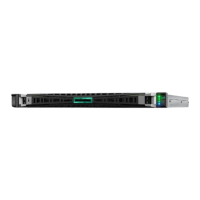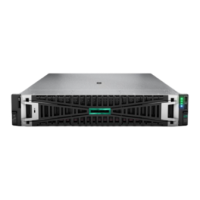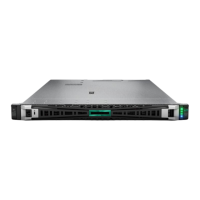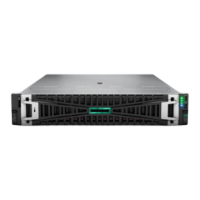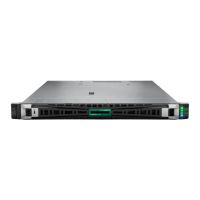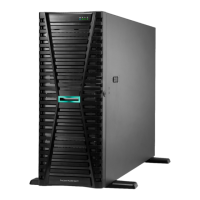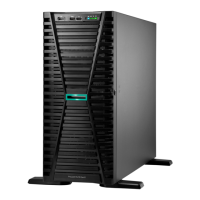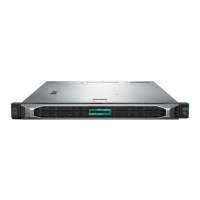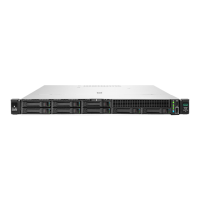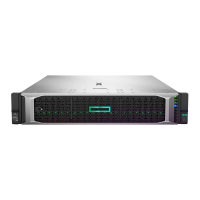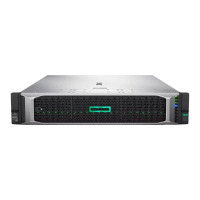SubtopicsSubtopics
Transceiver warnings and cautionsTransceiver warnings and cautions
Removing and replacing a transceiverRemoving and replacing a transceiver
Transceiver warnings and cautionsTransceiver warnings and cautions
WARNING:WARNING:
Fiber-optic transceivers and fiber-optic cables connected to transceivers emit laser light that can damage your eyes. To
avoid eye injuries, avoid direct eye exposure to the beam from the fiber-optic transceiver or into the ends of fiber-optic
cables when they are powered-up.
CAUTION:CAUTION:
The presence of dust in transceiver ports can cause poor cable connectivity. To prevent dust from entering, install a dust
plug in an unused transceiver port.
CAUTION:CAUTION:
Supported transceivers can be hot-swapped—removed and installed while the server is powered-on. However, to prevent
potential damage to the transceiver or the fiber-optic cable, disconnect the cable from the transceiver before hot-swapping
it.
CAUTION:CAUTION:
Do not remove and install transceivers more often than is necessary. Doing so can shorten the useful life of the transceiver.
IMPORTANT:IMPORTANT:
When you replace a transceiver with another of a different type, the server might retain selected port-specific configuration
settings that were configured for the replaced transceiver. Be sure to validate or reconfigure port settings as required.
Removing and replacing a transceiverRemoving and replacing a transceiver
PrerequisitesPrerequisites
Before replacing a transceiver, review the following:
Transceiver warnings and cautions
Transceiver documentation for specific operational and cabling requirements
ProcedureProcedure
1. If installed, open the cable management arm.

